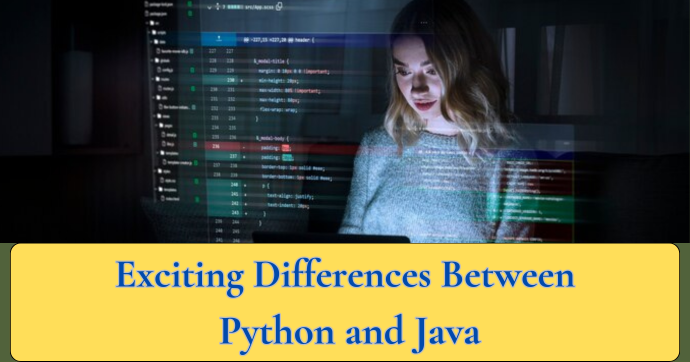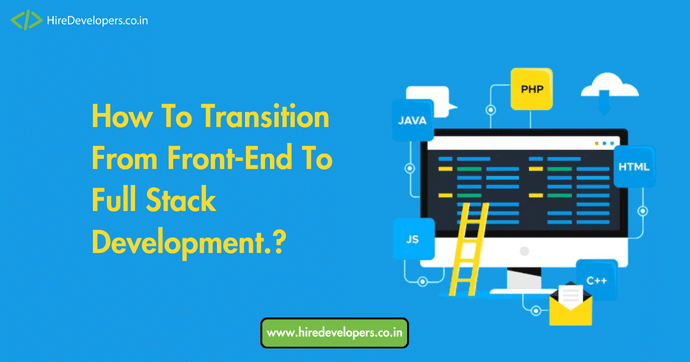December 1, 2024
Top 10 Exciting Differences Between Python and Java, Along With Helpful Examples

When it comes to programming, python and java are two of the most popular languages in the world. Both are powerful, but they have their strengths and weaknesses. Choosing between them often depends on the specific needs of a project. If you’re looking for Java development services, this guide will help you get a better grasp of both languages.
Differences Between Python and Java
1. Syntax Simplicity
Python’s Simple Syntax
Python is well-known for its simple, straightforward and easy-to-understand language. It reads like English, which makes it great for beginners. You don’t need to write a lot of code for simple tasks.
Example: Python Code to Print a Message
print(“Hello, World!”)
Java’s Structured Syntax
Java, on the other hand, has a more rigid structure. It requires you to define everything explicitly, which can make it more complex, but also more predictable.
Example: Java Code to Print a Message
public class HelloWorld {
public static void main(String[] args) {
System.out.println(“Hello, World!”);
}
}
2. Speed and Performance
Java: Fast and Optimized
Java is generally faster than Python because it is a compiled language. Java code is compiled into bytecode and executed by the Java Virtual Machine (JVM). This gives it an edge in terms of performance, especially for large applications.
Python: Slower but Simpler
Python is an interpreted language, meaning it executes the code line by line. This makes it slower than Java, but easier to write and debug.
3. Typing System
Static Typing in Java
Java uses static typing, which means you need to declare variable types before using them. This helps in identifying errors during the compilation process.
Example:
int number = 10;
Dynamic Typing in Python
Python uses dynamic typing, so you don’t need to specify the type of variable. It allows more flexibility, but can sometimes lead to runtime errors.
Example:
number = 10;
Are you looking to hire a developer to build your high-end project? Hire our experienced developers today!
4. Memory Management
Java: Automatic Garbage Collection
Java comes with automatic memory management, known as garbage collection. It automatically removes unused objects to free up memory, making the life of a Java developer easier.
Python: Reference Counting
Python also has automatic memory management, but it primarily uses reference counting. When the reference count of an object drops to zero, it’s automatically deleted. Python’s garbage collector also handles cyclic references, but it can be slower.
5. Concurrency and Multithreading
Java: Strong Multithreading Support
Java has a strong built-in support for multithreading, making it easier to write applications that can perform multiple tasks simultaneously. This is essential for tasks like web servers, game development, or any application that requires high performance.
Example:
public class MultithreadingExample extends Thread {
public void run() {
System.out.println(“Thread is running…”);
}
public static void main(String[] args) {
MultithreadingExample thread = new MultithreadingExample();
thread.start();
}
}
Python: Limited Multithreading
Python has a Global Interpreter Lock (GIL), which makes true multithreading difficult. Although Python allows multithreading, it doesn’t always give the same performance benefits as Java.
Must Know-: How is AI Revolutionizing The Agriculture Industry in Today
6. Learning Curve
Python: Beginner-Friendly
Python is much easier to learn because of its simpler syntax. It’s often the language of choice for new programmers due to its readability and simplicity
Java: Steeper Learning Curve
Java has a more complex syntax and requires a deeper understanding of programming concepts, making it a bit more challenging for beginners. However, once you understand the basics, Java’s structure makes it easier to handle large-scale projects.
Ready to bring your high-end project to life? Our skilled developers are here to help—hire them today!
7. Cross-Platform Compatibility
Java: Write Once, Run Anywhere
Java’s slogan is “Write once, run anywhere.” Thanks to the JVM, Java code can run on any machine, regardless of the underlying operating system, as long as the machine has a JVM installed.
Python: Requires Interpreter
Python code can also run on multiple platforms, but it requires the Python interpreter to be installed on each machine. This means Python is not as universally compatible as Java without additional setup.
8. Use Cases
Java: Enterprise and Web Applications
Java is widely used in large-scale enterprise applications and web development. Many financial institutions and government bodies use Java for their systems. If you’re looking to hire Java developers you’re likely dealing with a large, complex project that requires robust and scalable solutions.
Python: Data Science, AI, and Automation
Python is the go-to language for data science, artificial intelligence (AI), and automation. Its rich library ecosystem and simplicity make it ideal for tasks that require quick prototyping, data analysis, or scripting.
9. Community and Libraries
Python: Strong in Data Science
Python’s community is massive, and there are libraries for almost anything, especially in data science and machine learning. Libraries like Pandas, NumPy, and TensorFlow make it easier to work with large datasets and build AI models.
Java: Strong in Enterprise Solutions
Java also has a strong community, especially in the enterprise world. Java offers a wide range of libraries for building web applications, networking, and concurrency. Java developers often use frameworks like Spring and hibernate to streamline development.
10. Code Compilation and Execution
Java: Compiled Language
Java is a compiled language, meaning you write the code, compile it into bytecode, and then execute it. This makes the execution faster but adds an extra step in the development process
Python: Interpreted Language
Python is interpreted, so it executes code line by line without a separate compilation step. This makes development faster and debugging easier but slows down execution time.
Conclusion: Which One Should You Choose?
The differences between the two most popular languages Python and Java boil down to your project’s specific needs. If you’re building a large-scale enterprise application and need speed and structure, Java might be your best bet. Java’s performance, multithreading capabilities, and cross-platform compatibility make it a strong choice for complex applications. On the other hand, if you need to quickly prototype something, work with data, or dive into AI, Python’s simplicity and massive library ecosystem make it the ideal choice.
Read More-: React vs Angular: Which Framework is Better for 2024?
Tags:-
Related Articles-:





